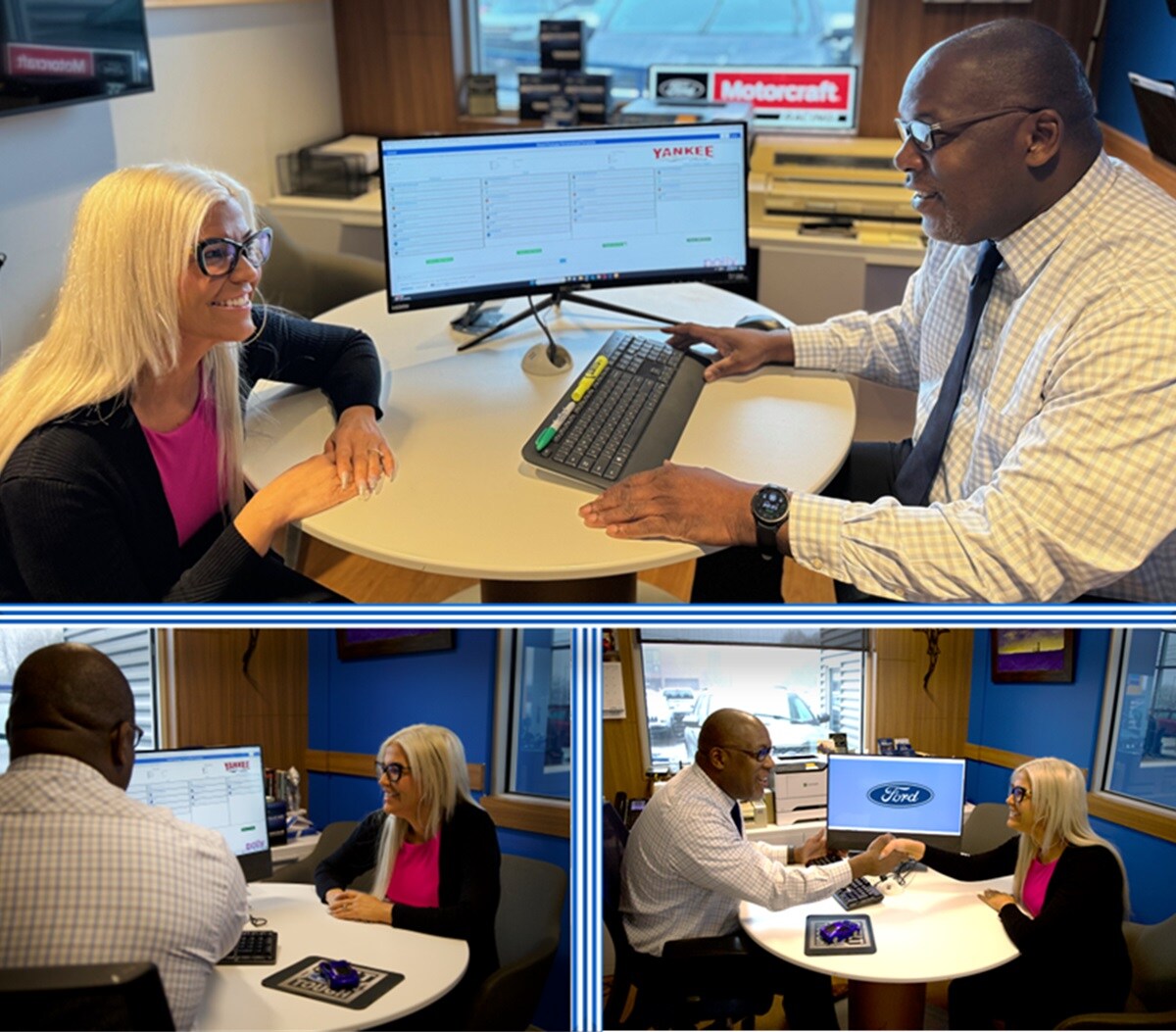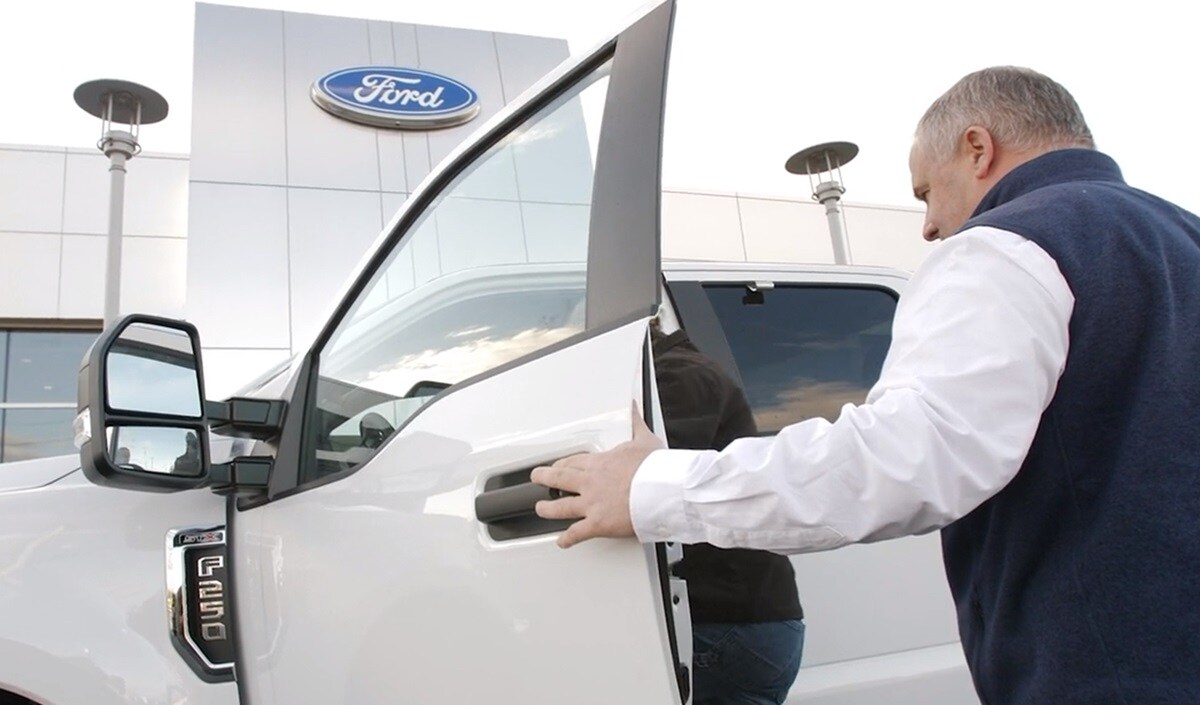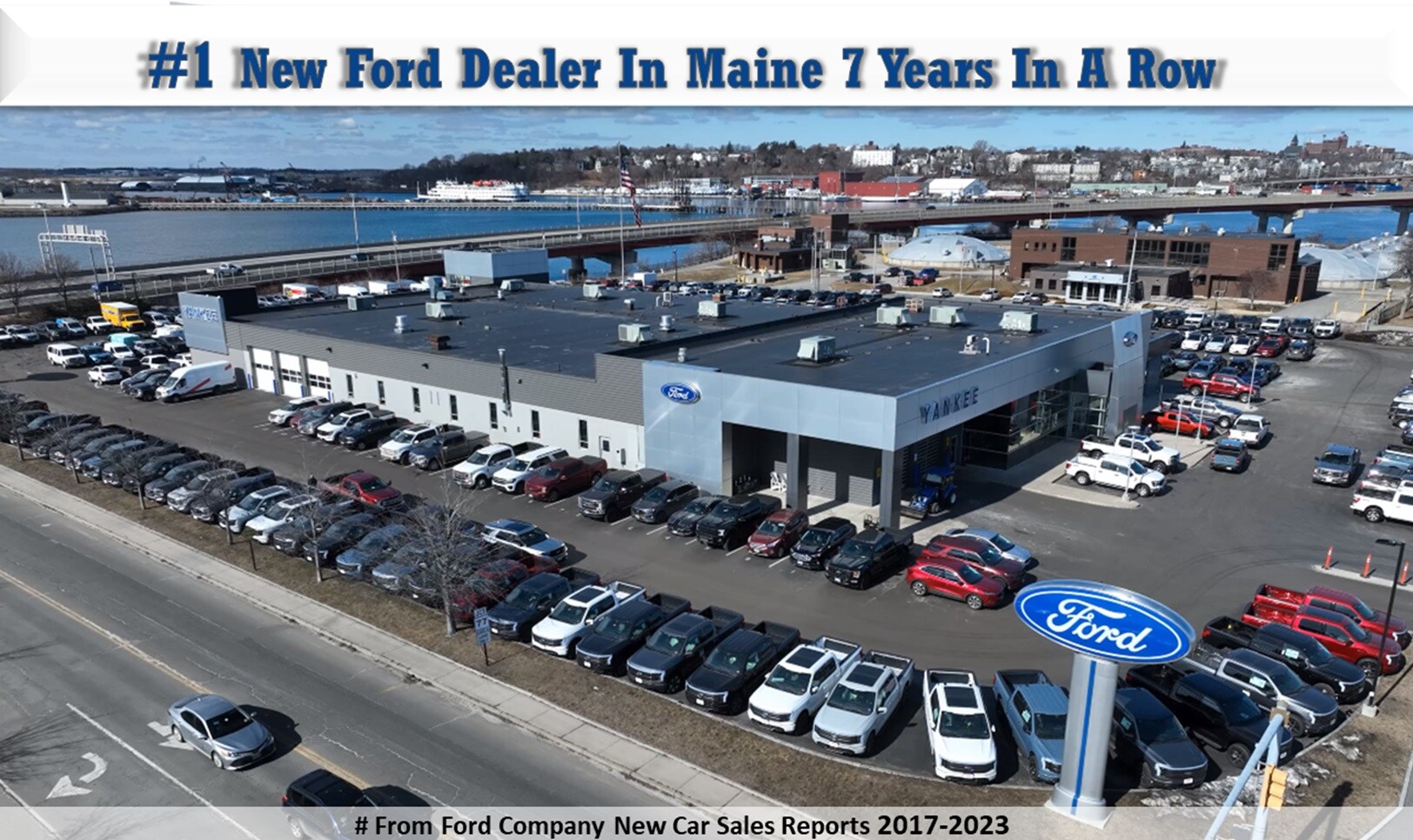Buying a Vehicle vs. Leasing a Vehicle
Buying vs. Leasing at Yankee Ford in South Portland, ME
When it comes to buying or leasing a new Ford, your options can be confusing. Yankee Ford in South Portland, ME is here to help. If you're debating whether to lease or buy a vehicle, both are excellent options. We'll help you take a look at leasing vs. buying, and which option might be best for you. If you're still not sure, feel free to contact us or visit our Ford dealership.
Buying a New or Used Ford
Choosing to buy a new or used Ford has a lot of advantages. We'll take a look at who owns a vehicle when you purchase it, the up-front expenses involved, your return on investment, and what happens at the end of the contract.
- Who Owns It - Buying a car means it's yours. If you buy your car with cash, you own it right away. If you make monthly payments through financing, the bank owns it until you finish making all those payments. You'll need to pay a down payment and make sure your monthly payments are timely, so your vehicle doesn't get repossessed.
- Up-front Expenses - If you finance a new or used vehicle, the bank will likely request a down payment. Many drivers opt to trade in their current vehicle to use the equity as their down payment. The amount of the down payment necessary is often based on the lender's requirements as well as your credit score.
- Return on Investment - Your car, truck, or SUV is worth whatever you can trade it in for or sell it for in the future. It's essential to take good care of your vehicle and keep it maintained, so it lasts longer and loses less value.
- End of Contract - When you've paid off what you owe on your vehicle, you're all done. You are now the owner, and you can do what you want with your vehicle, including selling it or trading it in if you so choose. You will receive a Lien Release from your lender, so you have proof that the vehicle is completely paid off and all yours.


Leasing a Ford Vehicle
Leasing a Ford Car, Truck, or SUV is an option that many drivers may not know about. There are several advantages of leasing a Ford, and we'll take a look at who owns the vehicle, the up-front expenses, future value, what happens at the end of payments, and the best vehicles to lease.
- Who Owns It - When you lease a vehicle, you don't own it. You are only paying to use your new Ford and the financial institution that extended you the lease owns it. This usually results in paying less per month when leasing vs. buying a car.
- Up-front Expenses - Leasing a new Ford does not require any type of down payment. In most cases, you'll pay the first month's payment as well as a security deposit, acquisition fee and other fees and taxes. Paying more upfront can lower your monthly payment amount.
- Future Value - Since you don't own the vehicle you're leasing, you won't have to hassle with trying to sell it. Most people who lease a vehicle turn it in at the end of the lease term and lease a newer model. Be sure you pay attention to the lease's mileage limits and wear and tear guidelines, so you don't have to pay extra when you turn the vehicle back in.
- End of Payments - Some drivers take the option of purchasing the vehicle they're leasing, but most return the vehicle at the end of the lease term. You can also opt to trade in your leased vehicle before the lease is over. Ask our Ford dealership about your options before you sign your paperwork so we can tailor your lease to your preferences.
- Best Vehicles to Lease - The best vehicles to lease are those with a high book value after the term of the lease. Since they depreciate less, you pay less. Review new Ford lease ratings with a Yankee Ford sales specialist to see which new Ford will meet your needs and retain value.
Determining if Leasing or Buying is Best for You
The team at Yankee Ford is here to help you determine whether buying or leasing a Ford is best for you. When you lease, you'll be protected by a warranty and have lower monthly payments. You'll have the option of upgrading to a newer car every two to four years. We also offer early turn-in specials on leased vehicles. On the other hand, you'll need to be sure you have a stable and predictable income to cover your lease. You'll likely be subject to mileage limits and could end up paying more over time. When you buy a vehicle, you'll own it and can do what you want with it, including customization. You also won't have to worry about any end-of-lease charges. The downsides could include higher monthly payments and post-warranty repair costs.

-
Yankee Ford
165 Waterman Drive
South Portland, ME 04106
- Sales: (207) 799-5591